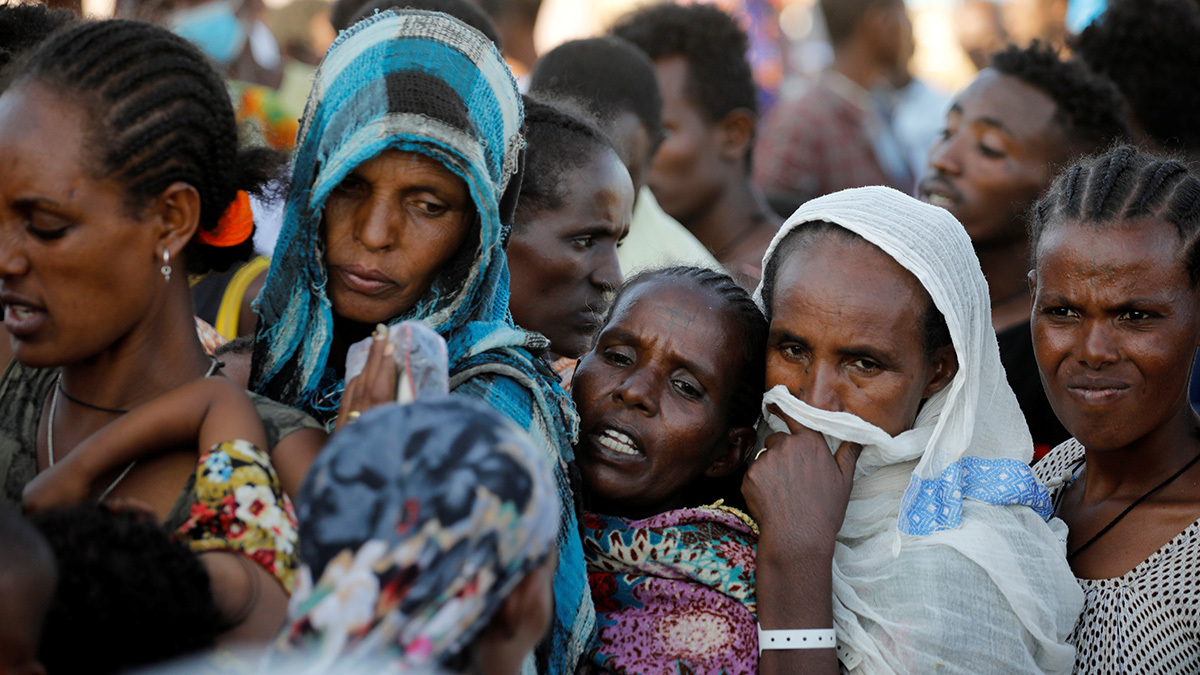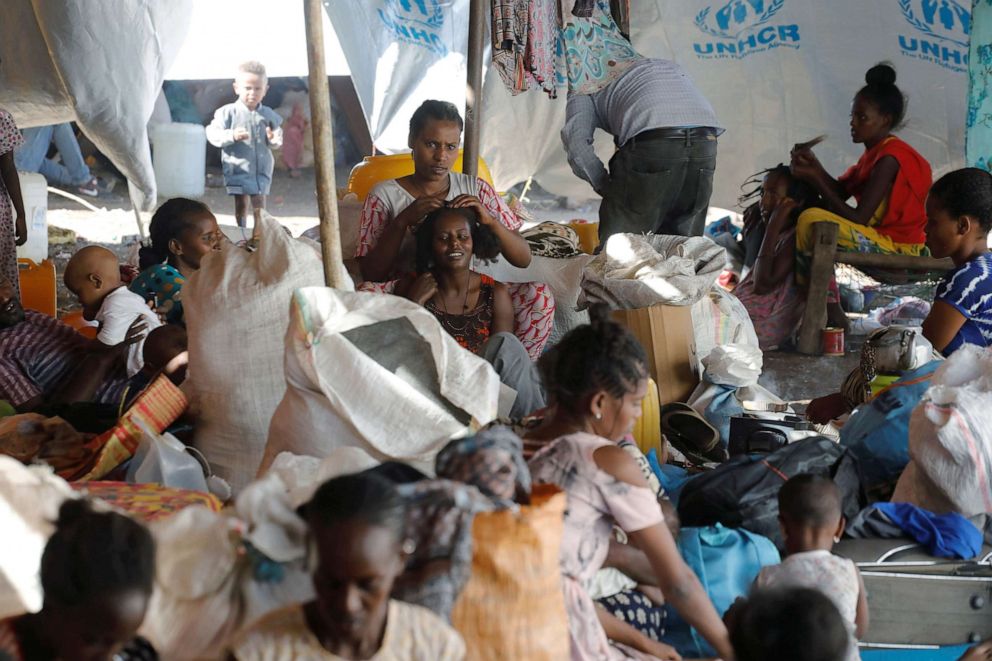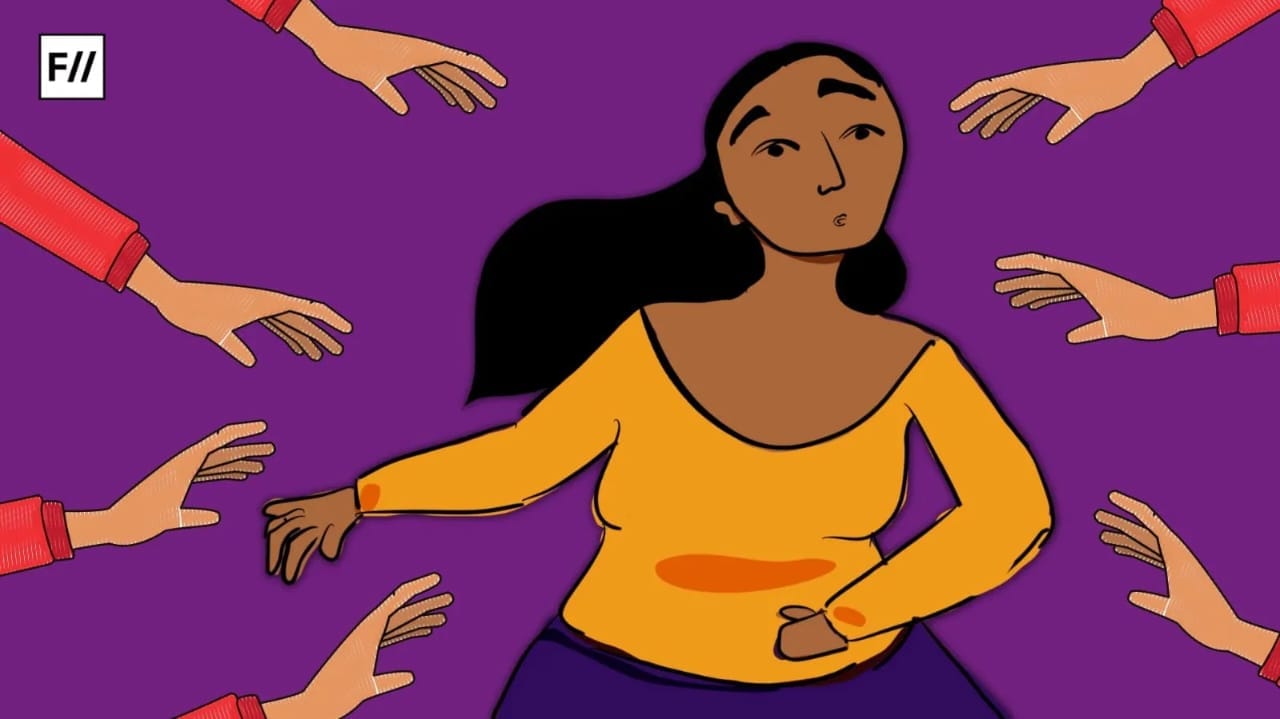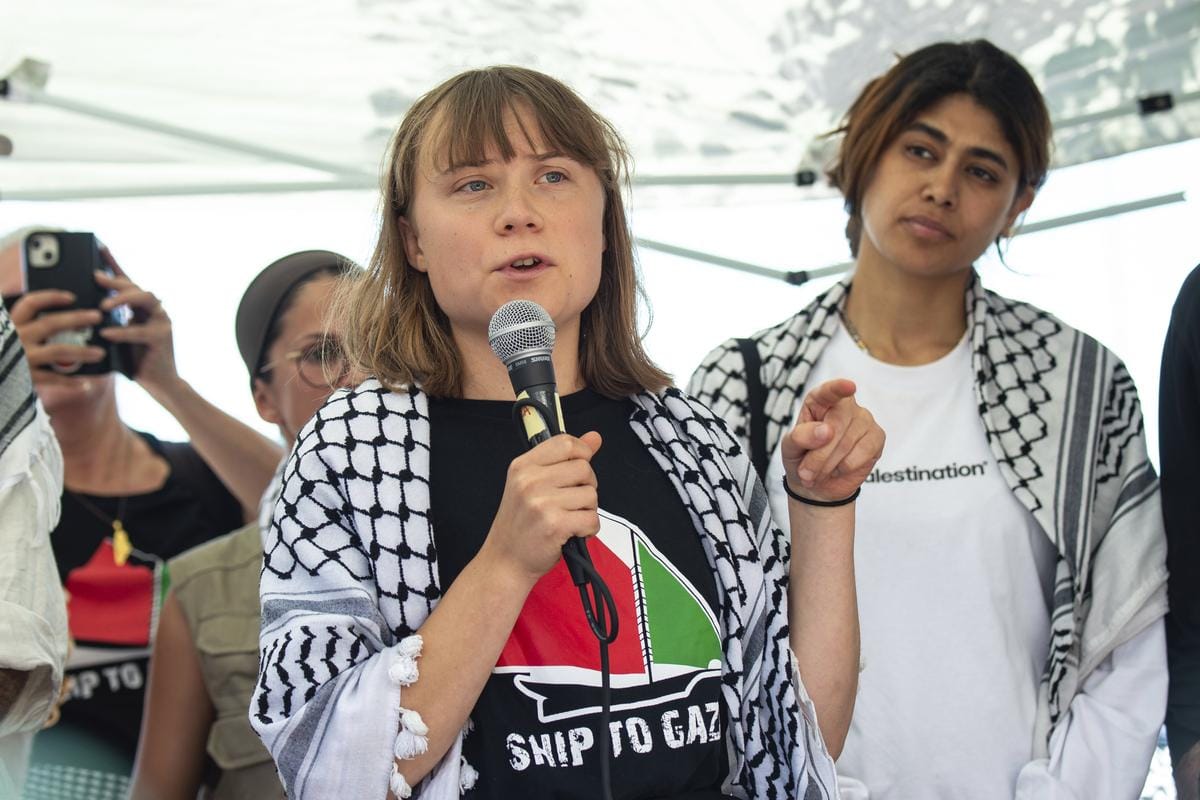Trigger warning: This article has mentions of rape and violence against women
The situation in Northern Ethiopia has remained very unpredictable and violent since the Federal Government declared a unilateral ceasefire on June 28th, leading to the withdrawal of the Ethiopian Defense Forces and the Tigray People’s Liberation Front (TPLF) taking control of most of Tigray.
As the civil war in Ethiopia looms on, the humanitarian situation in Tigray and the neighboring regions of Afar and Amhara continue to deteriorate alarmingly, with over 5.5 million people facing acute food insecurity and nearly 400,000 people facing famine conditions. Considering the unfolding events, the UN and the Global Protection Cluster continue to advocate for the continuation of the truce until September, as well as the protection of civilians, notably women, children, and refugees.
Meanwhile, military tensions are rising, particularly in Tigray’s western region. Without proper access to necessary drugs and basic attention, Tigray’s access to life-saving health care services remains severely limited. Due to substantial destruction and looting of supplies during the fighting, only about half of the region’s referral hospitals are now operational. Hundreds and thousands of people, especially women and teenage girls continue to be in desperate need of lifesaving health, protection, and support.
Health and rehabilitation of women
“The situation of women and adolescent girls in Tigray and the border areas of Amhara and Afar remains grave,” states UNFPA Executive Director Dr. Natalia Kanem. “We’re seeing disturbing amounts of sexual violence, and thousands of women aren’t getting the health and safety services they need“, she said. Many institutions have sustained significant infrastructure damage, while others have been plundered for medical supplies and equipment.
Only 38 per cent of health facilities are active, and only 29 per cent have partial capacity to provide post-rape care, limiting access to services for more than 3.8 million people. Comprehensive emergency obstetric care is offered in only 6 per cent of the health facilities across the region, indicating that maternal health services are still severely inadequate.
Violence against women during times of armed conflict is especially horrifying and has been a persistent and widespread practice over centuries. This is almost an unwritten norm during a war. Sexual violence against women is considered a method of warfare to torture, injure, assume control, extract information, degrade, threaten, intimidate or punish. Continuous armed conflict has caused disruption in their education and job opportunities, apart from the disruption of services and breakdown of social support systems leading to a negative impact on the overall well being of women. Violence on women is a systematic kind of attack on civilians with the goal of severing family and community ties and thereby weakening the opposition’s morale

More than 110,000 women are now pregnant according to the UNFPA, and are at an increased risk of maternal mortality and morbidity due to a lack of or inadequate access to maternal healthcare in the region. With over 10,000 deliveries predicted each month, more than half of these women are likely to have complications, which might be fatal if emergency obstetric care is not made available as quickly as possible.
Only a few hospitals are equipped to conduct Caesarean sections, blood transfusions, and other emergency obstetric treatments for pregnant women who are having difficulties. Despite recent access improvements, active violence in a number of regions is limiting humanitarian response. Pregnant and lactating mothers in displaced persons camps are malnourished, and many are unable to breastfeed their children. Most of them are in a terrible state of psychological distress as a result of loss, trauma, and tiredness, which inhibits their ability to seek help.
Also read: Sudarshana’s Escape & Veera’s Return: Two Stories Of Partition’s Abducted Women
War and women’s bodies: Violence, assertion of power
Violence against women during times of armed conflict is especially horrifying and has been a persistent and widespread practice over centuries. This is almost an unwritten norm during a war. Sexual violence against women is considered a method of warfare to torture, injure, assume control, extract information, degrade, threaten, intimidate or punish.
Continuous armed conflict has caused disruption in their education and job opportunities, apart from the disruption of services and breakdown of social support systems leading to a negative impact on the overall well being of women. Violence on women is a systematic kind of attack on civilians with the goal of severing family and community ties and thereby weakening the opposition’s morale.
The situation in Tigray also mirrors these very same challenges when it comes to the health and rehabilitation of women in times of war. Women are often the most easy, vulnerable conquests of war, and the effect such events have on their physical and mental health is sometimes irreversible. There must be more gender sensitive interventions in conflict ridden areas to specifically address and rehabilitate women. Besides, it is the patriarchal vision of women that transforms into targeted violence against them in times of crisis. To redress this, we must look into the gendered power structures and morality that we collectively harbour
Women’s bodies are also cites of control and domination in a patriarchal society. Therefore, they become doubly vulnerable to violence and territorial seizure when there is a war situation. Stripping women off their bodily integrity is also often seen as a blot on the society, because the chastity of a woman is projected as her most defining virtue. This adds to the use of violence against women as a means to establish power over the opposition in a war.
Dr Fasika Amdeselassie, the top public health official for the government-appointed interim administration in Tigray mentioned that some women were held captive for extended periods, days or weeks at a time. “Women are being kept in sexual slavery,” Fasika told Reuters. Africa News reports that at the largest hospital in Mekele, around two dozen women have sought treatment for gang rapes by Ethiopian and Eritrean soldiers since the fighting began. Saba Gebremedhin, a Tigrayan women’s rights activist said, “It’s being used as a weapon to humiliate and dehumanise not only the women but the Tigrayan people.”
For more than two decades, the Kashmir Valley has been in instability, and women have been subjected to various kinds of continuous stress and suffering. Sexually transmitted diseases, stigmatisation, and occasionally undesired pregnancies tormented women. These years of turmoil has left its mark on the health of Kashmiri women. The collapse of rural health infrastructure raised the load on city-based secondary and tertiary health care facilities. The conflict prompted a substantial number of medical and paramedical personnel to leave town, exposing a gap in health-care supply and leaving women vulnerable and in need of life-saving health, protection, and support.
Furthermore, survivors of these crimes are frequently forced to live with the vivid and terrible visions of rape, war, and death for the rest of their lives. Women who experienced traumatic experiences during the sectarian riots and strife in Gujarat in 2002 face issues such as re-experiencing the horrific events, as well as symptoms of avoidance and hyperarousal.
The challenge of reconstructing support structures and the lack of mainstreaming of psychosocial support are key areas of concern in aiding the well-being of women survivors in particular during wars and conflicts. During the Gujarat riots of 2002, women and others in the community were terrified by extreme sexual harassment.
Also read: Sexual Violence In Times of Conflict: Lessons From History, Literature & The Internet
However, an attempt to provide therapy and assistance to traumatised women who had been sexually assaulted failed horribly since no one wanted to be identified as survivors out of the fear of further shame and harassment. Such stigma greatly contributes to the lack of proper rehabilitation.
The situation in Tigray also mirrors these very same challenges when it comes to the health and rehabilitation of women in times of war. Women are often the most easy, vulnerable conquests of war, and the effect such events have on their physical and mental health is sometimes irreversible. There must be more gender sensitive interventions in conflict ridden areas to specifically address and rehabilitate women. Besides, it is the patriarchal vision of women that transforms into targeted violence against them in times of crisis. To redress this, we must look into the gendered power structures and morality that we collectively harbour.
Featured Image Source: Omna Tigray
About the author(s)
Shawrina is currently doing her honors in English Language and Literature at the East Delta University. She is just dipping her toes into the vast ocean of writing. She is always on the lookout for inspiration from the simple things in life. Her research interests involve anything that makes her wonder about the world around and within her




